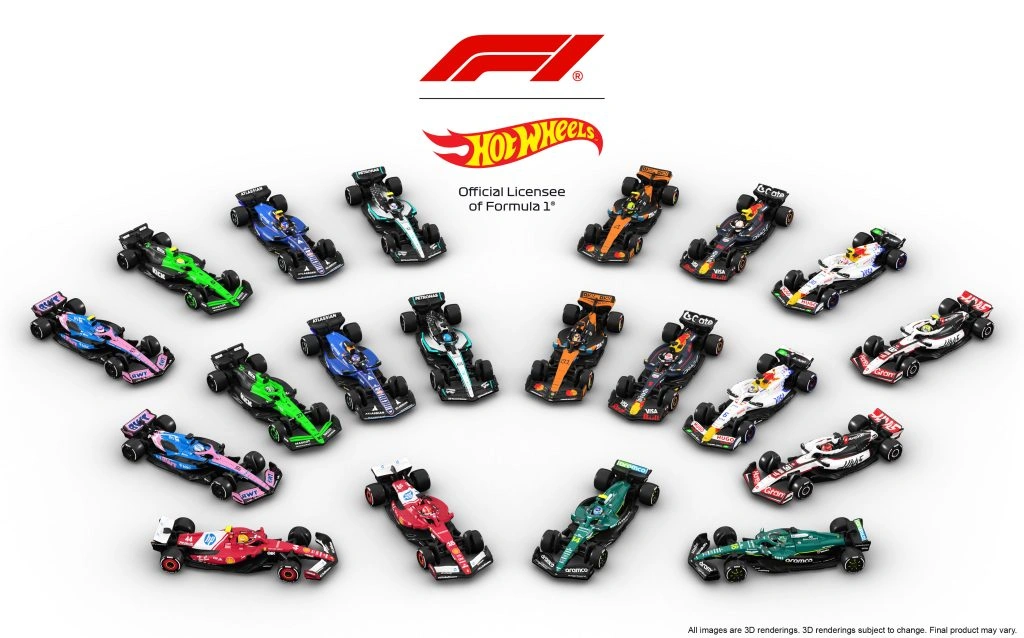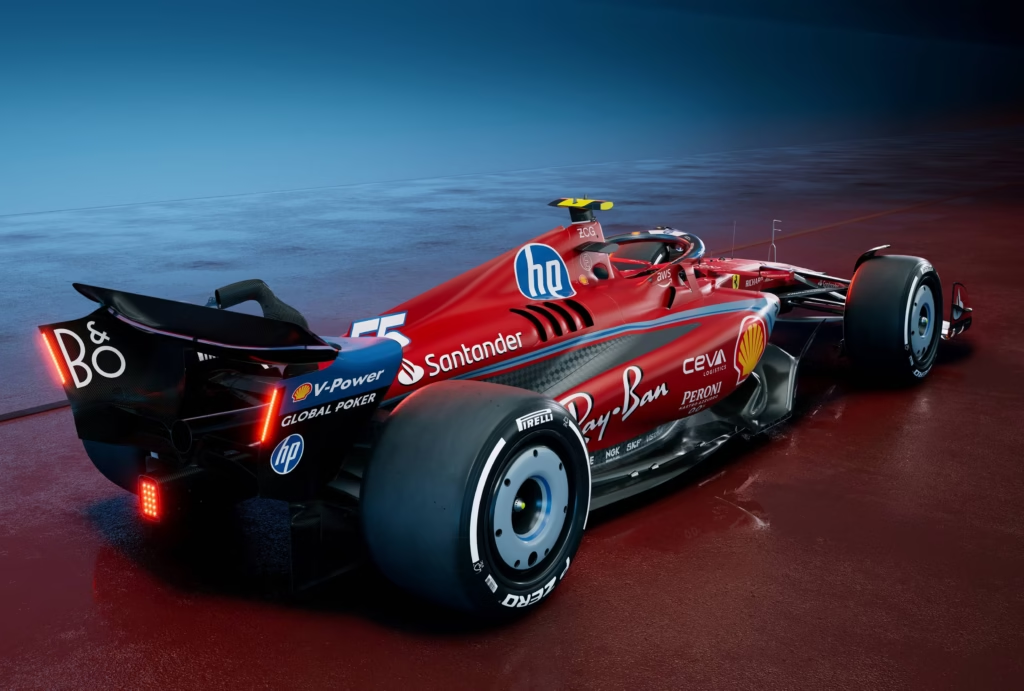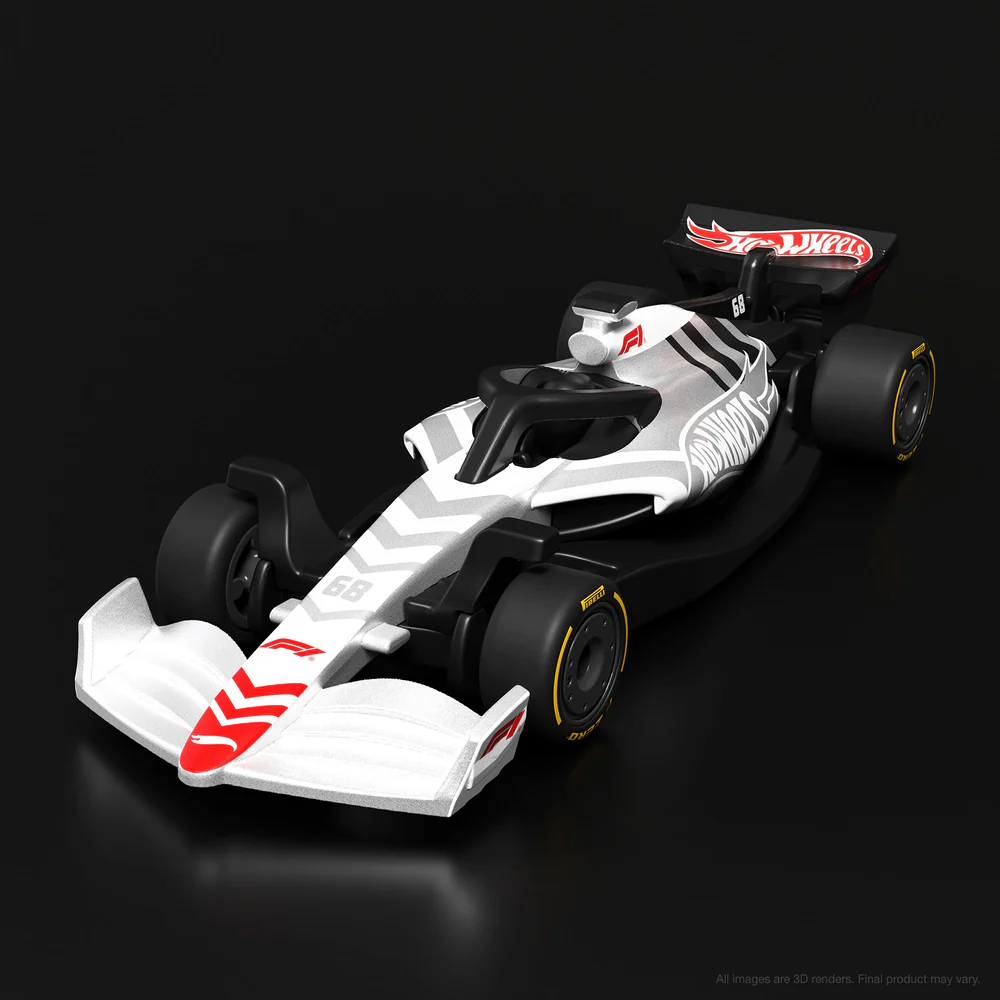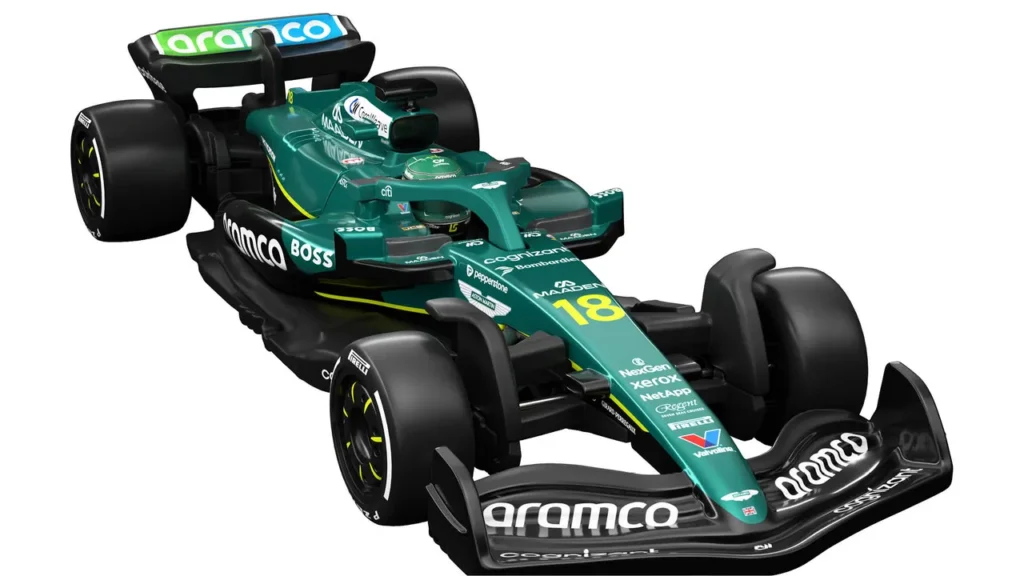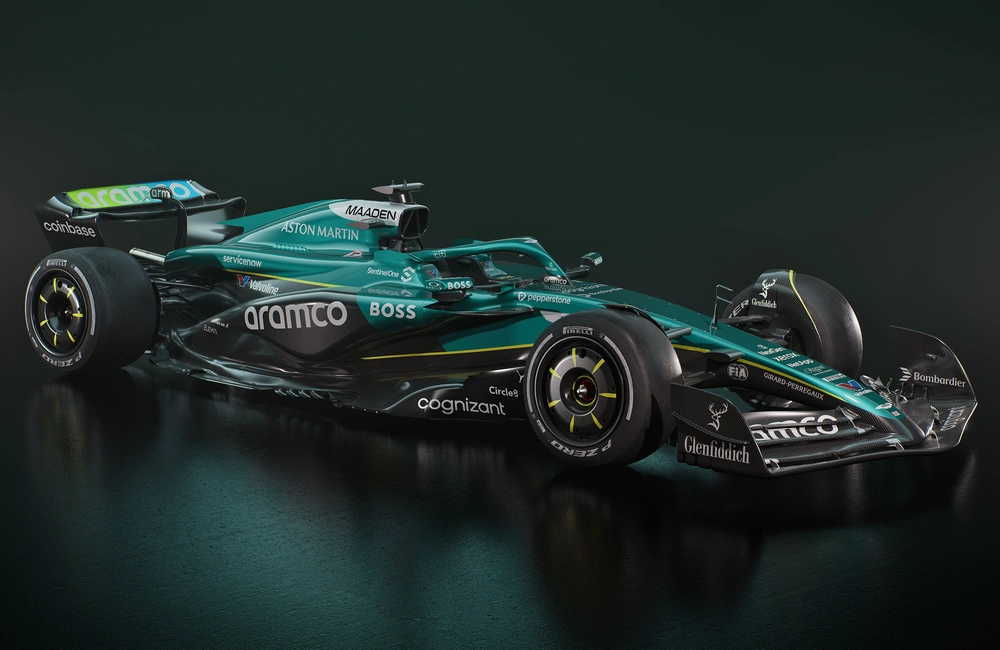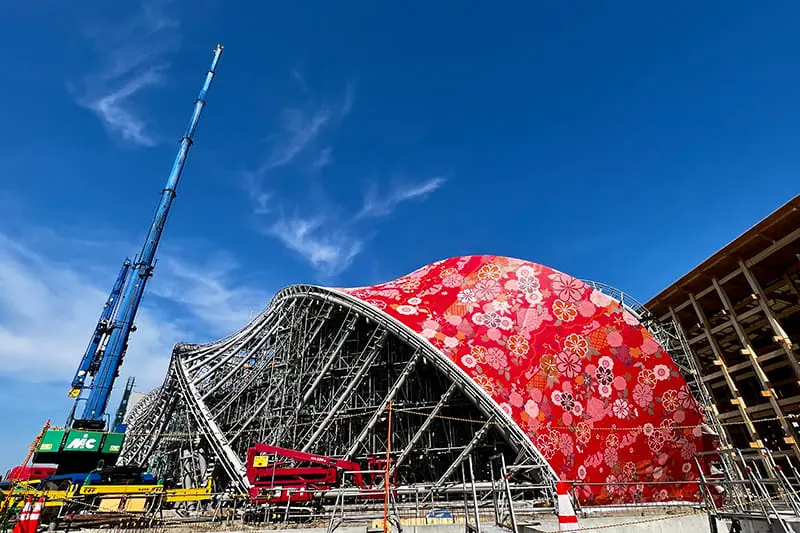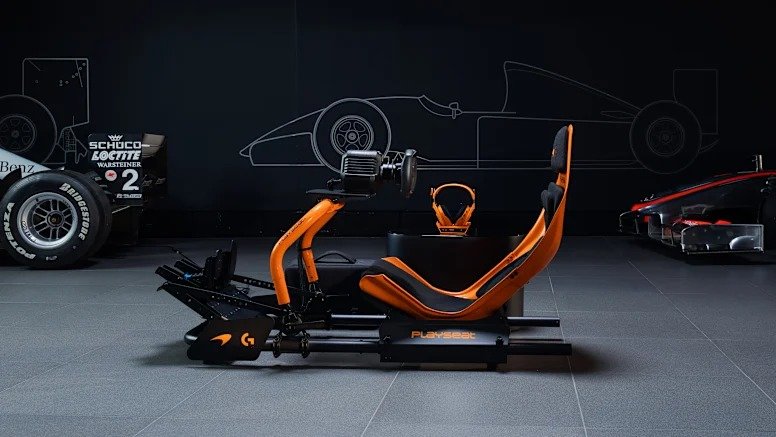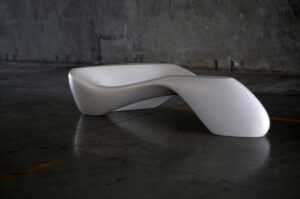Hot Wheels has done what few toy brands ever achieve: it has captured the complete spirit of an entire sport in miniature. With the arrival of Scuderia Ferrari HP and Aston Martin Aramco, the brand has officially completed its 1:64-scale recreation of the 2025 Formula 1 grid. For collectors and motorsport fans, it’s a small-scale triumph—one that blends technical accuracy, brand storytelling, and the emotional satisfaction of finally seeing all ten teams represented side by side.
the art of completion
Completeness holds a particular magic in collecting. Whether it’s a full trading-card deck or a perfect row of die-cast cars, completion gives a sense of order and fulfillment. With the inclusion of Ferrari and Aston Martin, Hot Wheels has brought the 2025 F1 line to equilibrium. Ten teams, ten liveries, twenty drivers distilled into ten exquisite models—each car reflecting a real-world identity down to its sponsor logos and color science.
Every model is officially licensed, ensuring authenticity not just in appearance but in brand integrity. Ferrari’s signature red and Aston Martin’s metallic green punctuate the already diverse palette of McLaren orange, Mercedes silver, Red Bull navy, and Williams blue. Arranged together, they tell the visual story of Formula 1’s contemporary era—a mix of heritage, innovation, and corporate design rendered through die-cast metal and precision tampo printing.
branding
The partnership between Mattel and Formula 1 is a strategic one. Formula 1 has been expanding into lifestyle culture for years, particularly through the visibility of Drive to Survive, which reshaped fan demographics and global reach. Hot Wheels, meanwhile, has matured from a childhood brand into an intergenerational symbol of automotive art. The full-grid collection demonstrates the strength of this alignment: one represents speed and technology, the other nostalgia and collectibility.
From a brand perspective, completing the grid elevates Hot Wheels into official motorsport storytelling. Ferrari’s new HP-branded livery connects Silicon Valley precision to Italian performance, while Aston Martin Aramco’s green evokes luxury and endurance. Their inclusion transforms the toy line into a complete archive of the season—something even casual fans recognize as a milestone.
ferrari hp: a new chapter in red
Scuderia Ferrari’s collaboration with HP arrived just in time for the 2025 season, symbolizing a shift toward digital innovation. The real car’s blue-accented scarlet body has been faithfully reproduced in 1:64 scale, the HP logo precisely printed on sidepods that mirror the aerodynamic curves of the actual SF-25 chassis. For collectors, this model captures more than a colorway—it records the moment Ferrari redefined its visual identity for the next era.
Ferrari’s car in miniature remains the emotional centerpiece of the lineup. Its shine and symmetry command attention even among a field of competitors. For Hot Wheels, reproducing Ferrari accurately has always been a benchmark of quality. With HP branding now joining the Scuderia’s century-long history, this tiny red car stands as both a continuation of legacy and a marker of renewal.
aston martin aramco: green elegance
Aston Martin’s 2025 model is the visual counterweight to Ferrari’s intensity. The team’s racing-green livery, accented with Aramco’s teal undertones, brings a calm sophistication to the grid. Hot Wheels has succeeded in translating that elegance into a palm-sized sculpture, complete with the intricate rear-wing geometry that defines the AMR25.
In display culture, color contrast is everything, and the Aston Martin delivers that in abundance. Its cool tone harmonizes beautifully against the warmth of the Ferrari and McLaren cars, giving the lineup a visual rhythm. It’s a reminder that Formula 1 is as much an aesthetic experience as a sporting one—and Hot Wheels understands that perfectly.
craft
Hot Wheels’ Formula 1 line has evolved dramatically over the years. These 2025 models use metal bodies and chassis, rubber “Real Riders” tyres, and advanced tampo printing to recreate sponsor detail and driver numbering. Under close inspection, each model reveals subtle differences: the angle of a diffuser, the curvature of a halo, the contour of an intake vent.
When lined up on a collector’s shelf, the ten cars form a miniature pit lane frozen in time. Red Bull’s aggressive aerodynamics sit beside Mercedes’ aerodynamic minimalism; Alpine’s metallic blue reflects under light while Haas’ white-black contrast anchors the set visually. The cars become design artifacts—proof of how even at 1:64 scale, precision can evoke speed and innovation.
culture
For collectors, the completion of the grid represents a kind of narrative closure. Many began collecting when the series first launched with partial team representation, slowly filling gaps as releases rolled out. The inclusion of the final two cars turns a fragmented pursuit into a finished story. That sense of resolution mirrors the satisfaction of a championship’s final race—the moment when everything aligns.
Collector communities online have embraced the drop as a shared event. Photos of full-grid displays dominate social feeds, accompanied by discussions about paint variation, card-back preservation, and resale speculation. Some fans treat the lineup as a living timeline of F1’s brand evolution, updating their shelves yearly as sponsors change. Others simply delight in the tactile pleasure of holding a perfectly made piece of design history.
Market dynamics follow quickly behind. Factory-sealed cases of the full ten-car grid already attract premium prices. The Ferrari HP and Aston Martin entries, being the last additions, are poised to become key chase items for completionists. In collector psychology, the final piece of any set often carries disproportionate emotional and monetary value, and this release fits that pattern perfectly.
resonance
Beyond its commercial implications, Hot Wheels’ F1 grid taps into a deeper cultural current. Formula 1 today operates not just as a sport but as a global entertainment franchise. Its drivers are brand ambassadors, its cars are cultural symbols, and its fans consume its imagery across fashion, gaming, and art. A die-cast replica serves as an accessible entry point into that ecosystem—a bridge between luxury and everyday passion.
For younger fans discovering the sport through streaming and social media, these models offer their first tangible connection to F1. For seasoned collectors, they’re reminders of continuity—evidence that craftsmanship and competition still share a pulse. The result is a rare product that transcends its market segment: equal parts toy, souvenir, and design object.
economics
From a retail perspective, a complete grid simplifies the merchandising story. Stores can now present unified displays—ten cars, ten brands, ten colorways—arranged like a miniature starting lineup. The visual coherence of the set is irresistible. It invites not just a single purchase but a journey: collect them all, complete the grid, own the season.
Behind the scenes, the feat reflects extensive licensing coordination. Each Formula 1 team guards its imagery tightly, meaning Mattel had to negotiate individual agreements to produce and market every car. The end result is more than a toy line; it’s an industry-wide collaboration, evidence of Formula 1’s global marketing cohesion.
The commercial success of the line also ensures longevity. Future seasons will likely see refreshed designs, driver-specific packaging, and limited “race-winner” variants. Once a baseline grid exists, Hot Wheels can build on it endlessly, offering collectors new stories to chase each year.
from racetrack to shelf
What makes this moment special is how seamlessly it fuses the thrill of racing with the quiet satisfaction of collecting. Formula 1 is about motion, competition, and precision. Hot Wheels distills those ideas into static beauty. Each 1:64-scale car captures a millisecond of the sport’s larger narrative—the gleam of light on carbon fibre, the tension of rival brands vying for dominance.
On display, the collection becomes a miniature championship tableau, a physical chronicle of the 2025 season. It proves that design and storytelling can exist even in die-cast metal. These are not merely toys, but small monuments to speed and imagination.
impression
Hot Wheels’ completion of the 2025 Formula 1 grid represents the rare convergence of craftsmanship, culture, and commercial vision. It’s a celebration of design translated into play, of fandom refined into art. For collectors, it provides closure; for newcomers, an invitation; and for the brand itself, a demonstration of creative precision that mirrors the sport it celebrates.
When lined up together—Ferrari’s red beside Aston Martin’s green, Mercedes’ silver glinting under light, and Red Bull’s dark navy pulsing with energy—the ten cars form more than a set. They form a statement: that Formula 1, in all its speed and spectacle, can live forever in the palm of your hand, perfectly still yet eternally in motion.
No comments yet.

